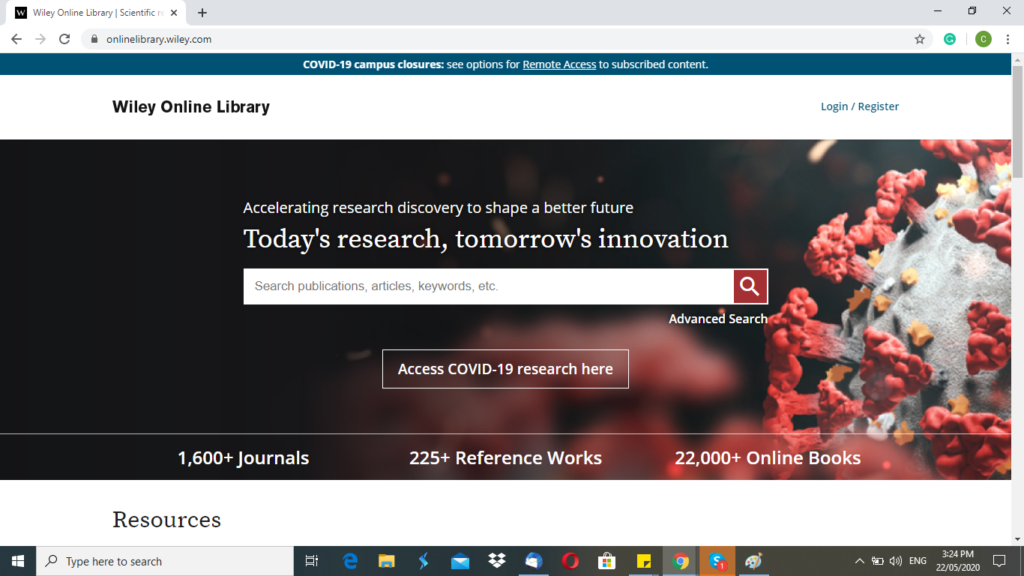
The COVID-19 resulted in the shutdown of schools all over the world. Over 1.2 billion children worldwide are out of school.
As a result , education has dramatically changed with the distinctive rise of e-learning, where teaching is carried out remotely and on digital platforms.
Research suggests that online learning has been shown to increase information retention and take less time, which means that coronavirus changes may have caused staying here.
If you’re new to studying online, there are a number of tips and tricks you can use to succeed in learning almost any course online. If the internet is your main study resource for a course or new project, developing good study habits, creating and adhering to a study plan, and making the most of the resources at hand, is important.
BUILDING GOOD HABITS
1. Set a daily timetable

Studying every day at the same time creates a habit which helps you focus. Besides, having set starting and stopping points can make studying appear less complicated. Divide each subject and assignment into small chunks and make a schedule for each of these smaller tasks to be completed.
2. Use a specific place of study
Set a designated area in your home for course work. This makes it easier for you to focus on studying, and avoid distractions. Use the same space every day to let people you share space with know right away when you’re studying.
- Choose a space away from distractions and away from other people’s walkways.
- Make sure you ‘re relaxed enough to sit in the room for long periods.
- Use enough lighting, so you can see any books, notes, or other documents clearly.
3. Make sure you have reliable access to the internet

Students who want to study online make the biggest mistake for not investing in secure, fast Internet service. This is extremely important for all necessary documents, course schedules and other information to be accessed throughout the class.
- Do the inquiries. Search online requirements in your region for a variety of providers, read feedback from people using the services and contact providers to compare pricing.
- Ask fellow classmates living near you which service they are using and whether they can recommend the service or not.
- Contact the service provider at early signs of trouble (frequently dropped service or slow connection speeds). If they can’t provide a proper explanation and solution, switch to another service.
4. Avoid non-study sites

Do not allow yourself to be tempted to visit social media, check email, and select the new top ten list to stop you from studying. Set yourself limits. Using a timer to track time spent on websites that are not on the course, and limit yourself to five minutes at a time. Taking breaks is fine but make sure you know how long you spend on breaks.
MAKING THE BEST OF RESOURCES
1. Check out the curriculum, description, or checklist of the course

It is essential to take time to build a clear understanding of the course ‘s overall intent. Through reviewing the course outline, you will plan for your ongoing studies through knowing how each aspect is linked to the objectives of the course.
- Study the full course description, take notes and ask questions as soon as possible. The aim is to ensure you understand how each section of the course contributes to the overall objective.
- Evaluate how tasks work through the class to the overall layout of the course. This is particularly helpful when you feel overwhelmed or are struggling with some particular task.
- Carefully track changes in course curriculum. Most teachers provide adequate notice when there are changes to the lesson plan, but check in at least once a day to ensure nothing new exists.
2. Learn how to use online course tools

Most online courses provide a number of contact choices with teachers and students, as well as information storage and organization. It takes about an hour to discover the entire course program online before the class begins. It will allow you to be more prepared to effectively complete the course-related activities such as completing assignments, engaging with peers and taking tests.
- Read some support or user guides, if you have queries, that should be available as part of the program. They are usually labelled with a question mark, light bulb symbol, or “support” tab.
- If you are interested in finding out exactly how the program will be used for your course, check out the study guide and talk to the professor for more details related to the course.
3. Search for specific reference sites
When you can, use the online services a university, library, or government agency supports. When you take an online course, as part of the curriculum, you will also have access to many of the reference sites. But you can assess the authenticity and validity of any online tools by taking a few moments to review the source, author, and other facts.
- Comparing information through websites double checks the accuracy. When you see the same figures or facts on different websites, it is probably the same tool that you are using.
- Identify who is running the platform. Blogs are one example of usually unreliable or opinion-based blogs, but if the blog is part of a reputable organization, or written by a field expert, they may be trustworthy.
- Ignore sites which sell a product. Also if the information from these online tools seems credible they are often biased to promote a product’s sale.
- Check the latest resources. If the site was accurate ten years ago but hasn’t been updated since then it’s probably no longer a credible information source.
4. Communicate with your teachers

An almost immediate access to teachers and other students is one of the many advantages of online learning. Most online courses and trainings include a chat program, discussion forum and connecting with teachers and other students via social media. Taking advantage of this ease of contact, and ask questions without hesitation.
- Try not to ask the teacher for readily available details in the textbook or any other course materials. Test these resources first, and if necessary check with the teacher.
- If you’re struggling to understand the materials, let the teacher or course leader know right away. They will provide guidance, and guide you to useful resources.
- If you are having a personal or professional problem that affects your ability to keep up with the course, speak immediately to the teacher. You can be able to change your course schedule and at a later date make-up assignments.
5. Make use of resources in an online library

If you take an online course via a local high school or university, you will have access to the online library services. If not, explore the internet. You can find online libraries in just one search!
6. Participate in online group discussions

Most Web-based courses require community or forum discussions. Even if group discussions are not mandatory, participation gives you another chance to determine what you are doing. Hearing and listening to others’ viewpoints is a perfect way to build your own know-how.
- Read blogs written by your peers or professors. If you feel the material extra positive you can even launch your own blog.
- Be part of webinars. Watch them but often ask questions, take notes, and make them use the time effectively.
7. Printing out documents

If you are worried that with a physical paper you will miss details or research easier, do not hesitate to print out the online resources. Some students simply learn better when they can hold a document, mark and emphasize it, and otherwise interact with the resources. Printing a physical copy can be useful for these types of learners.
STUDY EFFECTIVELY
1. Create a personalized outline of the course
Your teacher will provide an outline of the course which can come in the form of a study guide or course goals list. Nevertheless, taking the time to create your own outline can help you understand the main concepts and incorporate the course schedule into your personal and professional schedules.
- Make the outline fit to your current schedule. Start with any syllabus, checklist, or idea overviews provided by the teacher, and add details such as, “I’ll have to do the assignments in advance for 2 weeks because I’ll be out of town that week.”
2. Take notes

If you’re using your phone , tablet or actual pen and paper journal, taking notes on readings, reference materials and lessons is a perfect way to better understand what you’re learning and recall. If you take notes on a notebook or tablet, while you are searching for specific information, they will be easy to check for later. If you prefer to write notes on paper, take time to organize them, so you’ll quickly find the information you need.
3. Read carefully

Whether you are completing lectures given to the entire class, or reviewing articles and tools individually, take time to learn, analyze , and understand carefully. The aim should be to read only a document once, and to have a clear understanding of the key concepts that accompany this reading.
- Highlight, underline, or make margin notes. It helps you to easily locate the most relevant piece of knowledge. With most eBook programs you can do so on your computer or phone, unless you have hard copies of the documents.
- In your words, try rephrasing the big ideas. Imagine that you explain the main idea of each section to someone who doesn’t study the same topic you are, and provide a brief, clear synopsis of the information. It can be done mentally or in writing, as you move along.
4. Test yourself

In your words, try rephrasing the big ideas. Imagine that you explain the main idea of each section to someone who doesn’t study the same topic you are, and provide a brief, clear synopsis of the information. It can be done mentally or in writing, as you move along. Another easy way to check your awareness of the material you cover is by reviewing each heading in your readings and mentally summarizing the section’s content and key concepts, taking notes when possible.
5. Plan ahead

If you are going to be busy or out of town when an assignment is due, complete the work for the course beforehand. Set deadlines for completing work before it is due and, where possible, complete work past these deadlines to keep up with assignments.
Disclaimer
The content provided in this blog is for informational purposes only. The owner of this blog makes no representations as to the accuracy or the completeness of any information of this site or found by following any link on this site. The owner will not be liable for any errors or omissions in this information nor for the availability of this information. The owner will not be liable for any losses, injuries or any damages from the display or use of this information.






